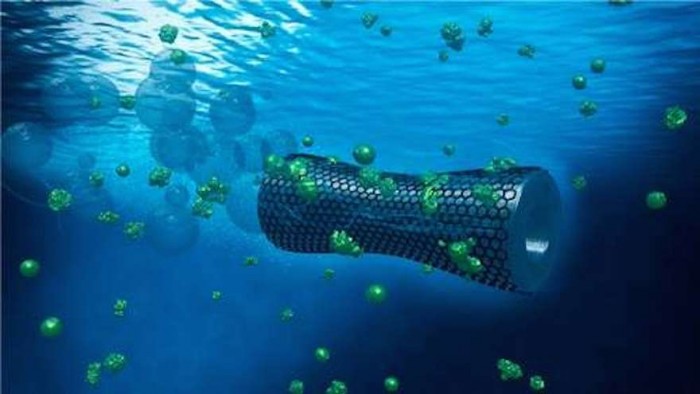
Industrial wastewater is a major contributor to water pollution. Industrial plants discharge massive amounts of toxic, heavy metal-contaminated water into rivers, lakes and coastal areas, which results in serious implications for aquatic ecosystems and human health. To address this problem, Researchers are developing lead-adsorbing microbots that can rapidly remove heavy metal pollutants from wastewater.
The team’s research into nanotechnology involves creating a new self-propelled nano-system. In this case, microbots that can capture, transfer and remove heavy metal lead from water. The microbots, which are smaller than the width of a human hair, look like miniature missiles whizzing through the water. When they’ve finished collecting all the lead, a magnetic field is used to pull them back and take them out of the water.
Once recovered, the lead ions are extracted from the microbots while submerged in an acidic solution. The lead can be recycled and the microbots can be reused to clean up more contaminated water.
The tube-shaped microbots are comprised of an outer layer of graphene oxide to absorb the lead, an inner platinum layer that releases hydrogen peroxide fuel for self-propulsion, and a middle nickel layer that allows external magnetic control of the microbots.
At this stage, the graphene oxide-based microbots (GOx-microbots) are specifically designed to target lead but the researchers plan to develop the bots to extract other industrial contaminants. The biggest challenge the team faces is trying to reduce manufacturing costs so that the microbots can be mass-produced and distributed.
The researchers heading up the study are Diana Vilela, Yongfei Zeng, Jemish Parmar and Samuel Sanchez.






